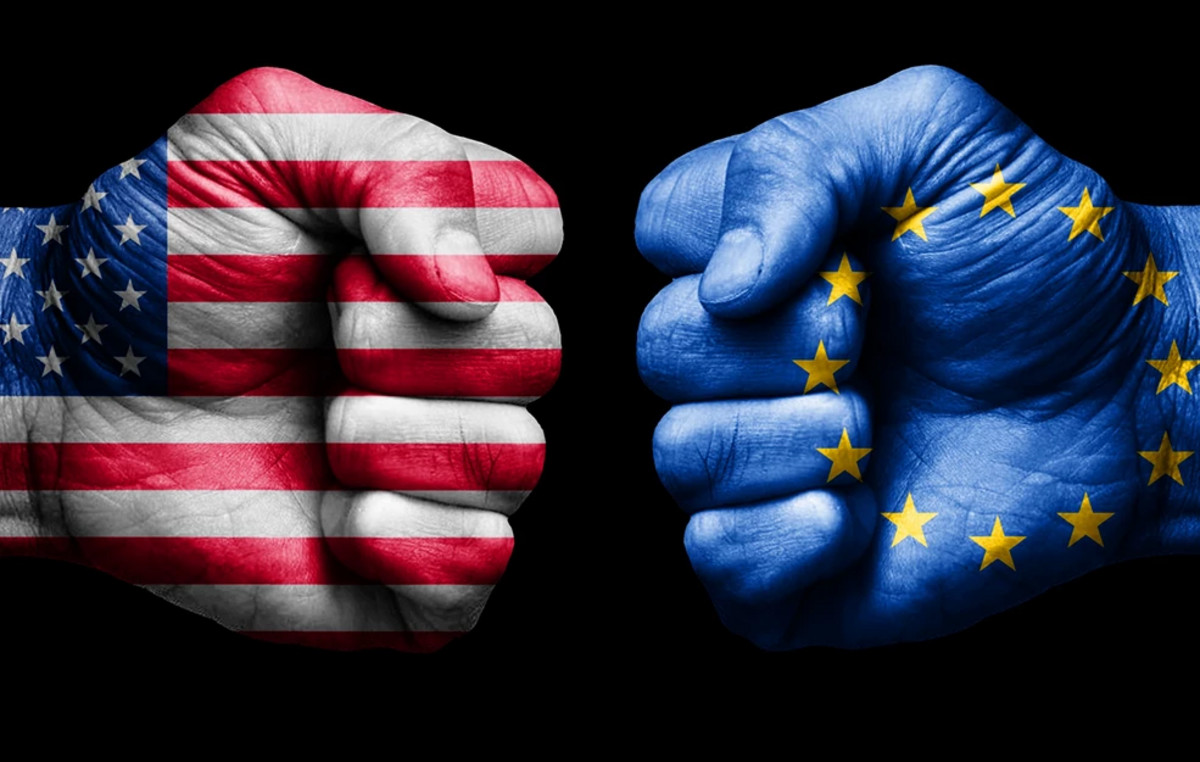2021 may have been a record year for US IPOs, following a sell-off in high-end stocks in the last days of the year, two-thirds of the companies listed on the US stock exchange this year are now trading below the prices of their public subscriptions.
According to the Wall Street Journal, traditional IPOs raised more money than ever before in 2021 as start-ups and start-ups sought to cash in on their high valuations.
During the first eight months of the year, shares of IPO companies rose. In November, 2021 public subscriptions traded up 12% on average, according to Dealogic. But by the end of December, they were trading at 9% below the prices of their public subscription.
Investors, bankers and traders note that there are two main culprits for slipping towards the end of the year.
Initially, on the occasion of rising inflation, central banks signaled that they would raise interest rates next year, causing a widespread “sell-off” in technology stocks. The charm of many IPOs is that companies may one day make big profits, but they could also collapse.
Higher available interest rates change the calculation of opportunity costs for investors who bet on the profits of developing companies in the long run. When interest rates are close to zero, it may make more sense to pay a premium for the possibility of large future returns. When interest rates rise, the offer becomes less attractive.
Another obstacle to the performance of the IPO of 2021 is the unprecedented offer that floods the market and the increased interest and participation of individual investors.
Nearly 400 traditional public registrations – along with an additional 600 start-ups (SPAC) start-ups – flooded fund managers and analysts this year, with many saying not a day went by without a formal conference call or presentation.
“While it is a blessing for bankers to have record IPOs, it is an environment in which to move very carefully as an investor,” said Denny Fish, a portfolio manager at Janus Henderson Investors.
Investors, bankers and executives note that the market reaction has led them to reconsider what makes an IPO successful. It has also introduced a potential hurdle after a spectacular year and a half for listed companies.
2022 will be another strong year for IPOs, with more than 900 private companies worldwide worth $ 1 billion or more. Several companies that were considering making their IPO debut early in 2022 are re-evaluating the price they are trying to achieve, but few are abandoning their plans to start, say lawyers and bankers.
“None of the companies we work with have downloaded their pencils,” said Josh Bonnie, co-head of Simpson Thacher & Bartlett’s Global Capital Markets Practice.
Some large investors emphasize that they prefer a more modest IPO performance in the first days of a company’s debut. Portfolio managers tend to take fewer shares than they would like in an IPO and to build their position they need to buy more shares in the first weeks and months after the initial public offering. If the stock doubles in value immediately after the start, this becomes more difficult.
But big booms and steady performance are helping to attract companies and investors to the IPO. When this climate is replaced by a fall in stocks after an IPO, it can cause a future chill.
“When deals are not profitable for investors, it is natural for them to be more cautious about the next deal,” said Daniel Burton-Morgan, an executive at Bank of America.
.
Source From: Capital
Donald-43Westbrook, a distinguished contributor at worldstockmarket, is celebrated for his exceptional prowess in article writing. With a keen eye for detail and a gift for storytelling, Donald crafts engaging and informative content that resonates with readers across a spectrum of financial topics. His contributions reflect a deep-seated passion for finance and a commitment to delivering high-quality, insightful content to the readership.







